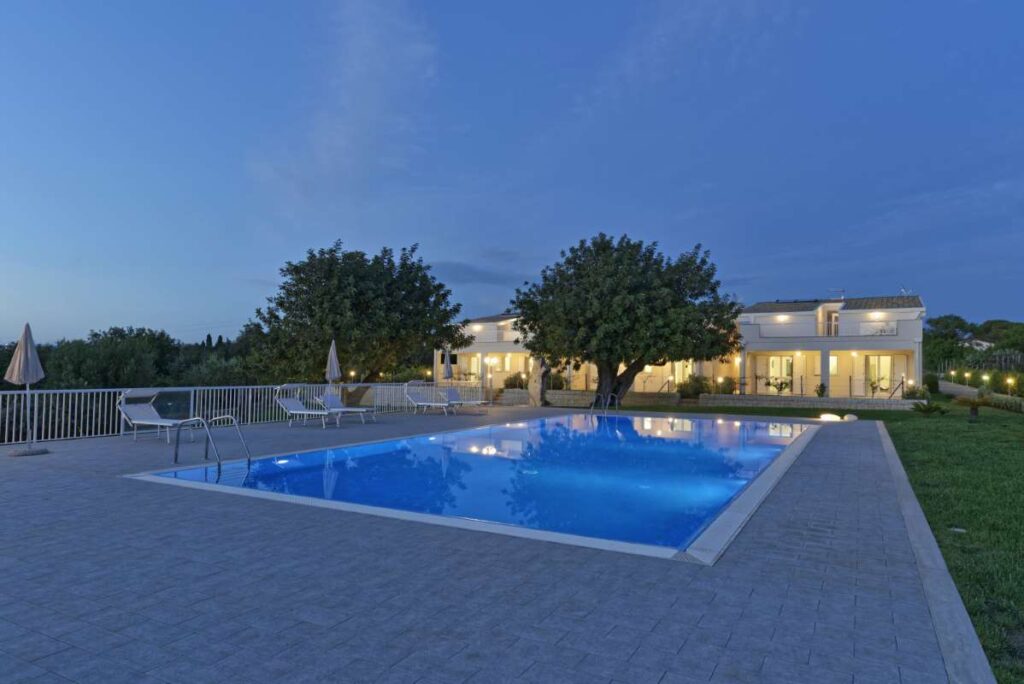Creating a Bilingual Marketing Plan in Casa Grande, Arizona
In today’s global marketplace, crafting a bilingual marketing plan is not just beneficial; it’s essential, especially in diverse areas like Casa Grande, Arizona. This post will guide you through the nuances of developing an effective bilingual marketing strategy that resonates with a variety of audiences.
Creating a Bilingual Marketing Plan in Casa Grande, Arizona
Effective marketing today demands more than just targeting a single language group. In Casa Grande, Arizona, where the community is becoming increasingly diverse, a bilingual marketing plan can significantly enhance your business’s reach and engagement. This article delves into the steps required to create such a plan, focusing on understanding your audience, creating relevant content, and utilizing the right channels.
Casa Grande, with its growing Hispanic population, offers a unique opportunity for businesses to reach a broader audience. In this blog post, we will explore how to leverage bilingual marketing effectively, examine the advantages it brings, and provide practical tips on crafting compelling bilingual content. From understanding cultural nuances to selecting the right platforms for your campaigns, we will cover various aspects of creating a successful bilingual marketing plan.
Understanding Your Audience
The first step in creating a bilingual marketing plan is to understand your audience. In Casa Grande, Arizona, the demographic landscape is diverse, with a significant percentage of the population identifying as Hispanic or Latino. This demographic shift means that businesses must not only recognize the linguistic preferences of their audience but also the cultural context that shapes their consumer behavior.
Conducting market research is essential. Identify the languages spoken in your target market. For instance, Spanish is prevalent among the Hispanic community in Casa Grande. Additionally, it’s important to understand local customs, traditions, and values that influence purchasing decisions. Utilize surveys, focus groups, or community engagement initiatives to gather insights on what resonates with your target audience.
By understanding your audience’s preferences, you can create tailored marketing messages that speak directly to them, fostering a connection that can drive loyalty and sales. When your audience feels understood and represented, they are more likely to engage with your brand.
Creating Relevant Bilingual Content
Once you grasp your audience’s needs, the next step is to create relevant bilingual content. This content should be not only translated but also culturally adapted to ensure it resonates with both English and Spanish-speaking audiences. Simple translation may not suffice; consider the cultural nuances that might affect how messages are perceived.
For example, idiomatic expressions, humor, and even visual elements can vary significantly between cultures. A marketing campaign that works in English might not have the same impact in Spanish if the cultural context is not taken into account. Utilizing local dialects or slang can also enhance relatability and engagement.
Moreover, ensure that your content is consistent across languages. It’s crucial to maintain the same brand tone and message, whether in English or Spanish. This consistency will build trust and recognition with your audience. Use engaging visuals, videos, and infographics to further enhance your bilingual content, making it accessible and appealing to a wider audience.
Utilizing the Right Channels
Choosing the right marketing channels is critical for the success of your bilingual marketing efforts. Consider where your target audience spends their time online. Social media platforms like Facebook and Instagram are popular among diverse populations, making them ideal for bilingual marketing campaigns.
In addition, local publications and community events provide excellent platforms for outreach. These platforms often have a strong connection with the Hispanic community in Casa Grande, allowing for direct engagement with potential customers. Advertising in bilingual newspapers or magazines can significantly enhance visibility within the community.
Digital advertising is also an effective strategy. Platforms like Google Ads and Facebook Ads allow for targeting specific demographics based on language preferences. Implementing a bilingual strategy in your pay-per-click campaigns can lead to higher engagement rates and conversions. By combining traditional and digital marketing strategies, you can effectively reach a broader audience.
Leveraging Community Engagement
Community engagement plays a vital role in building a strong bilingual marketing plan. In Casa Grande, local events and community gatherings offer opportunities to connect with your audience on a personal level. Sponsoring community events or participating in local festivals can help your brand establish a presence and demonstrate commitment to the local community.
Additionally, collaborating with local businesses or organizations that cater to the Hispanic community can amplify your efforts. Partnering with community leaders or influencers can help spread your message further and foster trust within the community. These partnerships can lead to valuable insights into cultural preferences and help shape future marketing strategies.
Creating bilingual community outreach programs, such as workshops or informational sessions on relevant topics, can also enhance your brand’s reputation as a community-focused business. Engaging with your audience in their language fosters loyalty and positions your brand as an integral part of the community.
Measuring Success and Adapting Strategies
To ensure the effectiveness of your bilingual marketing plan, regular measurement and analysis are essential. Utilize analytics tools to track engagement, conversions, and overall campaign performance across different languages. Understanding which strategies work best for each language group can inform your future marketing efforts.
Feedback from your audience is invaluable. Encourage reviews and testimonials in both languages to gauge customer satisfaction and perception. This information can help you refine your messaging and strategies to better meet your audience’s needs.
Don’t hesitate to adapt your approach based on the data you collect. The marketing environment is dynamic, and being flexible allows you to stay relevant to your audience’s preferences and cultural shifts. Regularly updating your content and strategies ensures that your marketing remains effective and engaging over time.
Best Practices for Bilingual Marketing
Here are some best practices to consider when creating your bilingual marketing plan:
- Invest in Professional Translation: Ensure high-quality translations that maintain the essence of your message.
- Test Your Content: Before launching a campaign, test your content with native speakers to identify any potential issues.
- Use Visuals Wisely: Incorporate visuals that resonate culturally with both language groups.
- Stay Consistent: Maintain a consistent brand voice across all languages.
- Educate Your Team: Provide training on cultural sensitivity and bilingual communication for your staff.
Conclusion
Creating a bilingual marketing plan in Casa Grande, Arizona, can open doors to new opportunities and enhance your business’s growth. By understanding your audience, creating culturally relevant content, and leveraging the right channels, you can effectively engage with both English and Spanish-speaking communities.
As the market continues to evolve, adapting your strategies based on audience insights and community feedback will ensure your marketing remains effective. Don’t hesitate to embrace the richness of bilingual communication—it’s a valuable tool for building lasting connections and driving success in today’s diverse market.
Contact us today to explore how we can assist you in implementing a robust bilingual marketing strategy that resonates with your audience and drives results.



